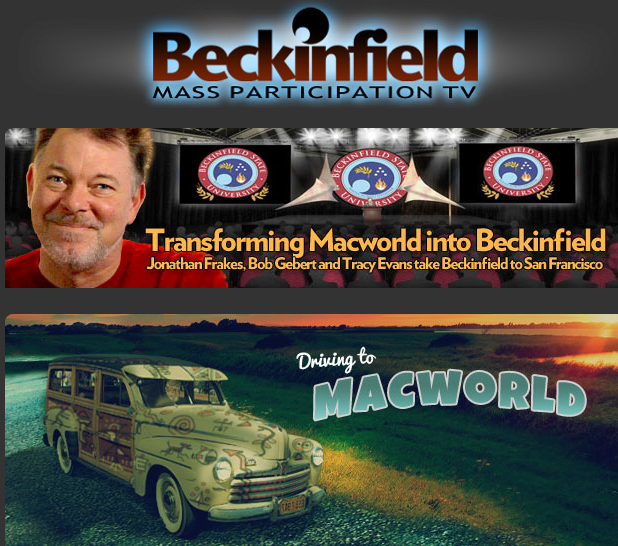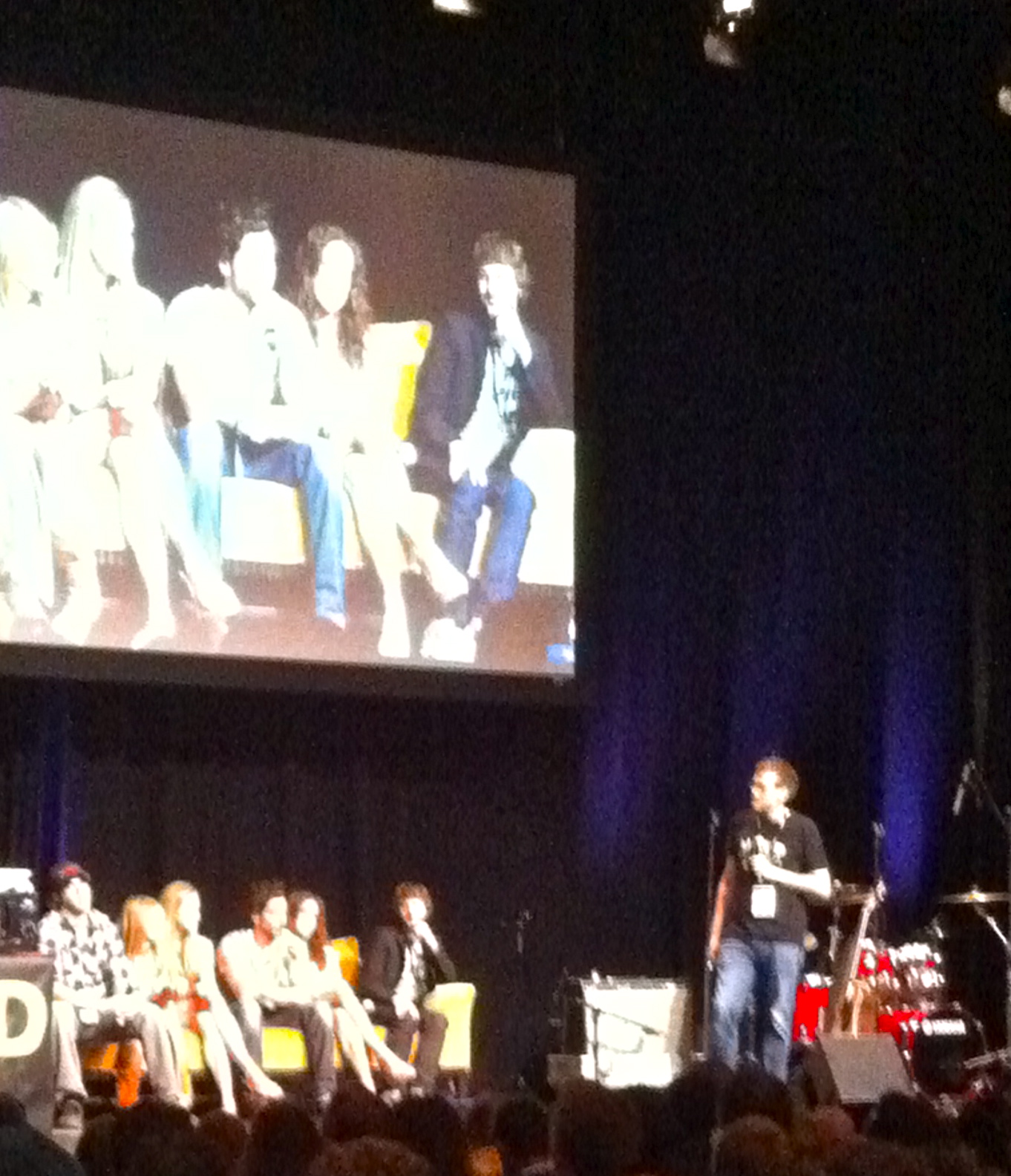Theatrics = Collaborative Video Storytelling
 Sunday, April 28, 2013 at 1:48 PM by
Sunday, April 28, 2013 at 1:48 PM by  Nick DeMartino
Nick DeMartino
I'm thrilled to be involved with the launch of the beta version of a new collaborative video storytelling platform from Theatrics.com
The product features tools that allow a storyteller or a brand to involve the audience in the creative process while providing a host of communications and management features unavailable on other platforms.
Theatrics is throwing open the doors to storytellers and brands who'd like to experiment with this truly unique collaborative storytelling cloud-based software available.
 The goal of the beta is to develop ground-breaking online interactive video productions that will engage their users -- customers, employees, fans, and audience members – in content creation. Use of the platform will be free during the beta trial.
The goal of the beta is to develop ground-breaking online interactive video productions that will engage their users -- customers, employees, fans, and audience members – in content creation. Use of the platform will be free during the beta trial.
I'm working with Theatrics and prospective users of the platform to help build exciting new experiences. If you've got an idea, please email me or signup on the site to get a feel for the tools. Just as Wordpress is a tool set for bloggers, Theatrics is a toolset for video-based storytellers. Here are some of the ideas from companies we're working with:
- A successful web video series wants to invite fans to create their own characters that perform and live in a new fictionalized storyworld
- A documentary filmmaker wants to conduct a contest for audience members to tell their own stories in video and still images
- A franchise chain wants to create a new application that its affiliates can sell to customers featuring video tributes
- A national brand with a salesforce in the tens of thousands wants to build a hub where they can share stories and inspiration
- A sci-fi series wants to provide CG backgrounds for fans to use in creating their own in-story characters
- A meetup group wants to challenge its members to co-create a new story and a new storyworld.
As Theatrics CEO Biff Van Cleve puts it: "Generation C is as comfortable with creating content as consuming it, so the Theatrics video storytelling platform taps into millions of people who are shooting and sharing video on a daily basis, enabling creators to engage their audiences to tell stories in exciting new ways."
Theatrics.com provides creators the opportunity to establish a story world, characters, and plot and the audience to participate by uploading video and blog posts as personas they create themselves. The process is seamless and easy to use. Additionally, the platform offers a second screen experience for studios and networks to give fans the opportunity to engage directly with their favorite shows and films – to actually create and play a character in an on-going, online story world.
About Theatrics
With offices in Houston and Los Angeles, Theatrics.com is an interactive entertainment company offering a collaborative video storytelling platform that easily enables creators to incorporate and manage user generated content. The Theatrics.com toolset provides creators the ability to push the boundaries of storytelling by controlling the story, characters, and vision, while the audience adds their own creativity by performing in the show and interacting with the story and other users. Theatrics partnered with USA Network for the launch of PSYCH The S#cial Sector and produced its first series, Beckinfield, as proof of concept. For more information, please visit: www.theatrics.com.


